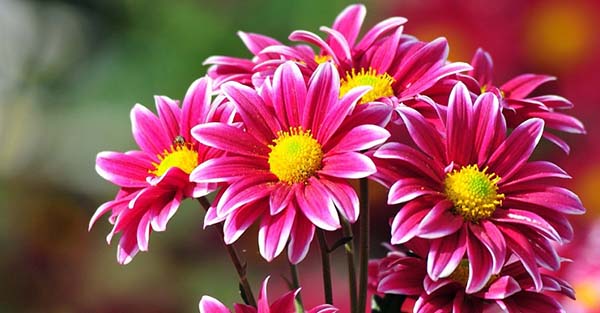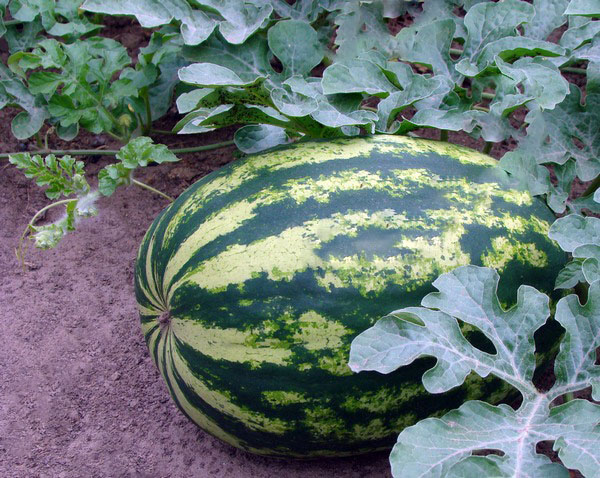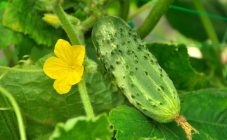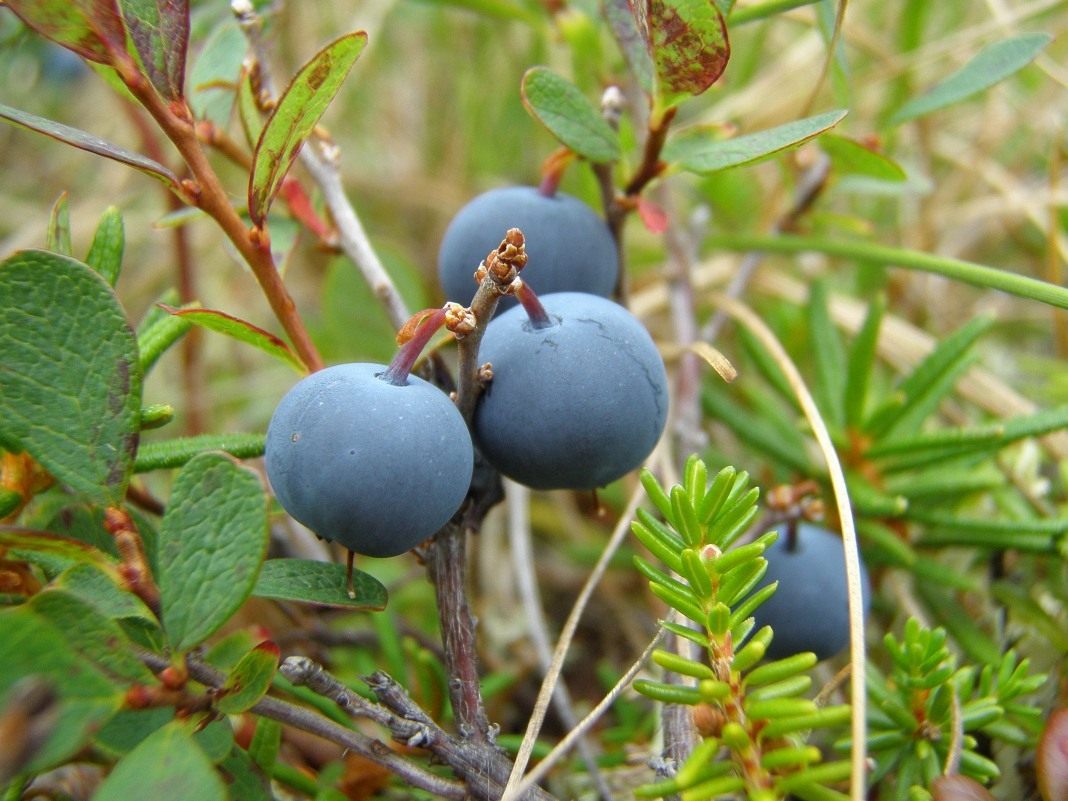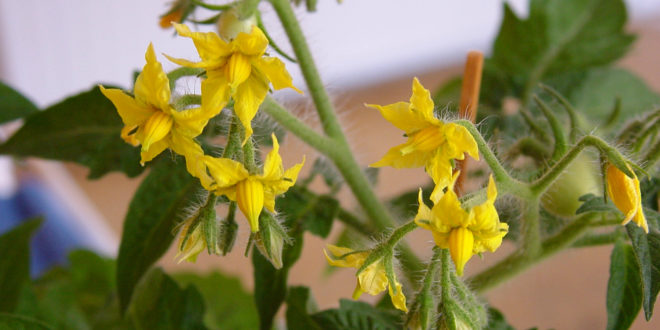Content:
The main way to propagate chrysanthemum is by grafting it. The flower lends itself well to cultivation by this method. It can be used not only for rooting cuttings taken from a home bush, but also for specimens from a bouquet. Even a novice gardener is able to carry out this procedure. To propagate chrysanthemums, you need very little effort and patience, and then yesterday's nondescript twig will turn into a beautifully flowering bush.
Which flower is right
Imported flowers for bouquets are treated with specialized products and solutions that prevent them from taking root and withering ahead of time. For the preparation of viable cuttings, only domestic specimens from local greenhouses, and not brought from abroad, are suitable.
You can root flowers immediately or after the flowers have stood in the bouquet for several days, decorating the room and pleasing the eye. For grafting, Korean varieties with small flowers that take root quickly are best suited. But the Indian ones will require more effort.
How to choose a branch for germination
How to propagate chrysanthemum with cuttings from a bouquet and where to start? First you need to prepare a suitable specimen, and you need to choose half-stiff stems from bouquets. The shoots on the sides of the main stem are considered the most viable and perfect for reproduction.
Shoots selected for propagation should be cut from the main stem, such shoots can take root better. But you need to leave a small "heel" at the end - a little from the base of the main stem. Further, on the harvested shoots, it is recommended to remove all leaves, except for the top 2-3, which are cut off by a third. This is to stimulate root growth. In order for the future bush to branch well, it is recommended to pinch the top.
The optimal time for rooting is winter or late autumn: in November-January or February. The main thing is to choose a suitable stem and plant it during this period. Growing chrysanthemums from a cutting step by step from a donated bouquet is possible after studying the technology presented below.
How to root chrysanthemum from a bouquet at home
Having learned how to grow a chrysanthemum from a donated bouquet at home, even a novice grower will succeed the first time. Cuttings can be planted directly in a flower bed or pot. The choice of location depends on the season. But first, the plants prepared for reproduction must be germinated in a vessel with water. It can be filtered or boiled, and so that bacteria do not multiply in it, it is recommended to add activated carbon.
Before you start planting plants in the ground, you must first keep them for 3-4 hours in a special solution of root or heteroauskin. This is a kind of help to the roots so that they germinate faster.
Soil composition and dishes
Seedlings need a lot of nutrients. For their intensive growth, experienced flower growers recommend adding humus, rotted compost and a small amount of nitrophoska to the soil. Plants also need a nutritious soil, which is bought at a store for regular seedlings.It is better to add perlite and vermiculite to the ground from the garden for looseness. You can also mix them with peat for quick rooting of chrysanthemum cuttings.
Planting rules for cuttings
If the chrysanthemum has given roots in a vase, how to plant the cuttings? These flowers are the easiest to grow. When the length of the roots reaches 0.5-1 cm, they can be transplanted from water into the prepared soil. If you overexpose, the roots will quickly begin to rot.
First you need to fill in a little of the prepared substrate and put a sprouted shoot on it. It is recommended to deepen the stalk no more than 4-5 cm. Then it is sprinkled with soil, tamping a little, and then abundantly moistened with water. The planted flower needs to be created as in a greenhouse, covered with a plastic bag or a transparent cap on top. It takes 14-15 days to maintain such a climate.
Further care
Flowers need a warm, sunny place during the rooting process. At home, it is better to put them on a window facing west or east. To prevent the cutting from dying from direct exposure to the sun and overheating, you should not choose windows on the south side.
Watering and feeding
Watering the chrysanthemum during rooting should be carried out as the topsoil begins to dry out. The earthen lump should not be overdried and waterlogged.
When the first leaves appear, the sprouted cutting can be fed with special means so that it quickly builds up the root mass. When using nitrogen fertilizers, the main thing is not to overdo it. And if the ground for planting contains a sufficient volume of peat or humus, then they can be completely abandoned.
After 14 days after the first leaves have grown, the cutting can be fed with mineral mixtures. Any fertilizer for flowering plants is well suited for this. You can use the recommendations of experienced gardeners and apply a mixture of organic fertilizers OZhZ - fertilizing with a mineral composition, which must be poured under the roots or over the foliage.
A bouquet of donated chrysanthemums will help to decorate not only the room, but also the flower garden. If the cutting is rooted correctly, the future bush will fascinate with its beautiful flowering for many years to come.
